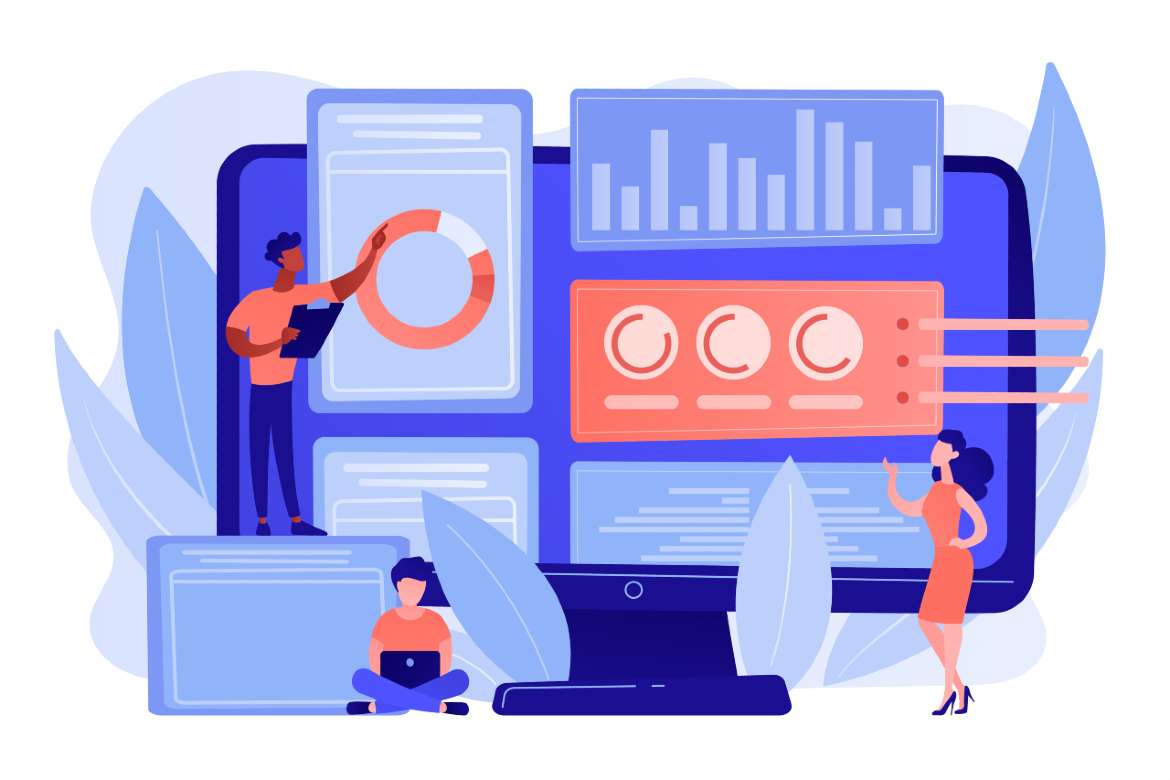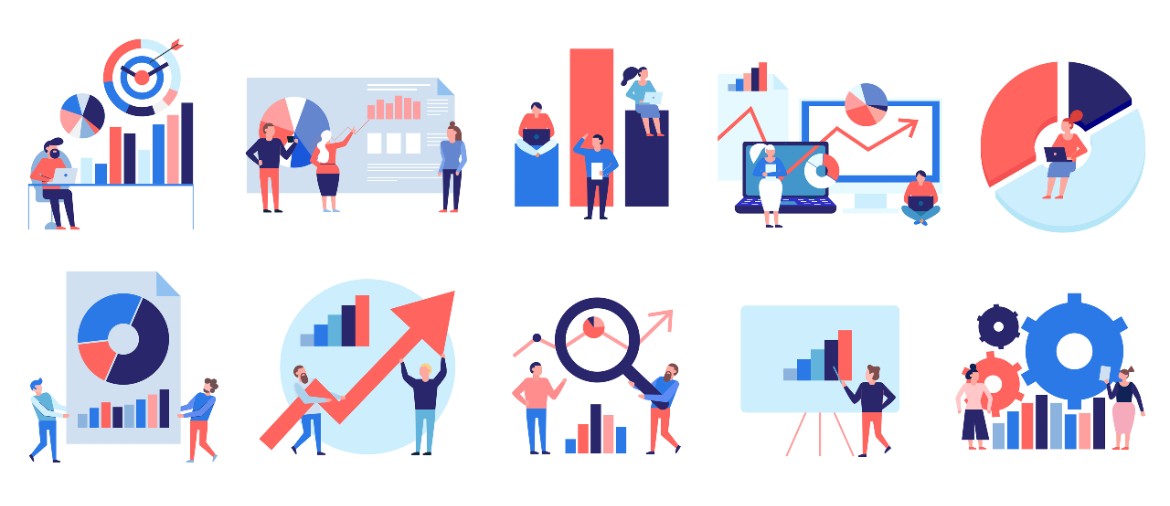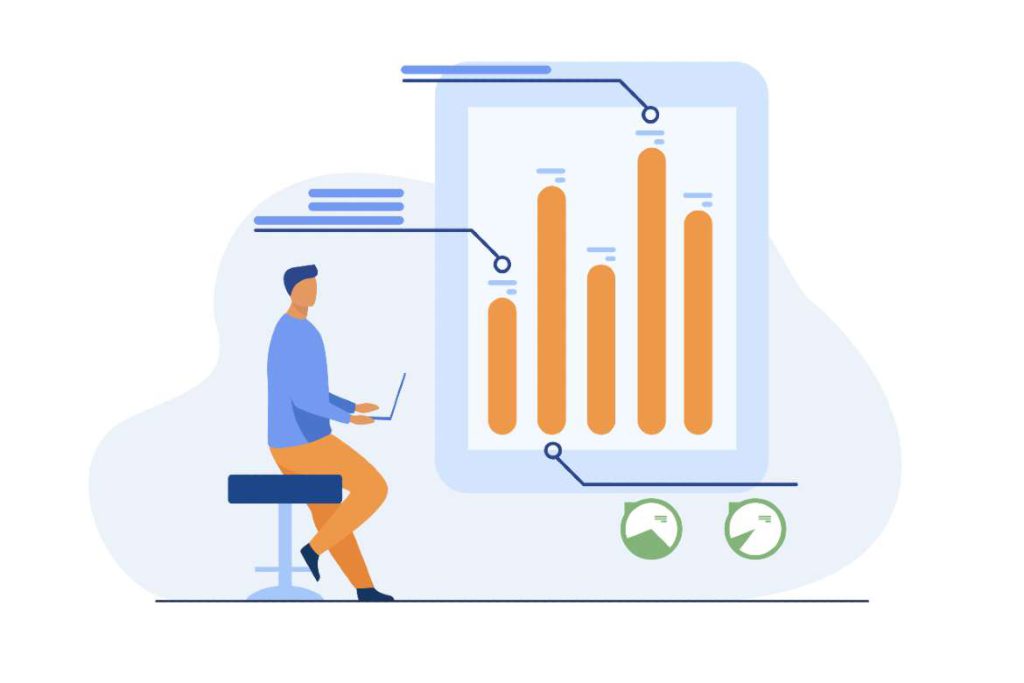How Does a Data Analyst Differ from a BI Data Analyst?
Recently, while recruiting for a Data Analyst role, I realised how similar a Business Intelligence (BI) Data Analyst position and a Data Analyst position can be! So I felt it would be useful to research the differences, and then share these points so anyone applying to these positions can keep them in mind.
If you are someone who is new in the Data Analytics field, you too can be a little confused like me. At a high level, we know that a Data Analyst essentially uses the analytics of data to draw out insights to solve a problem, while a Business Intelligence (BI) Data Analyst focuses on the business insights to shed light on a problem. Though both the positions require almost the same job responsibilities and skills, the way they apply their skills differs significantly.
The basic difference

In simple terms, a Data Analyst would be required to identify a problem and then solve it by drawing insights and visualisations using statistical models and analytical tools. The main objective here is to address complex business problems by breaking them down into measurable values and then analysing the data by identifying the latest trends that will help predict the growth of the business.
On the other hand, a BI Data Analyst would be required to identify the business-focused problems using evidence and then solve them by drawing insights and visualisations to lead business decisions using data warehousing and BI tools for delivering actionable insights that will drive the business.
How the process and tools used differs

The process followed by a Data Analyst is straightforward. It begins by understanding the needs of the end-users for collecting data. Data Analysts work with large data sets with both unstructured and structured data. The main aim of the Data Analyst is to explore data to draw out similar patterns.
This is followed by the process of data mining which is then followed by cleaning and analysing the data, creating reports and dashboards predicting the future and finally creating visualisations to present the insights. Therefore, Data Analysts use ‘predictive’ and ‘prescriptive’ analysis approaches.
The main languages for a Data Analyst in the market today are SQL, Python or R. For data visualisation, almost all companies look for either Tableau or PowerBI, although Looker is now emerging as a popular alternative.
For a BI Data Analyst, it is important to look at the data from a business point of view and this involves understanding the needs of the business end-users which would require solving queries from databases and then creating a dashboard report based on the data, highlighting the important insights.
BI Data Analysts only work with structured data where the main aim is to enhance the business reporting and analysis. They require strong and advanced SQL knowledge to solve queries and get a good understanding of the past trends based on which they create charts and dashboards. Therefore, they use ‘descriptive’ and ‘diagnostic’ analysis approaches. For tools again, PowerBI and Tableau over-shadows Microsoft Excel for a BI Data Analyst today in the market.
Data Analytics v/s Business Analytics

Arrow vector created by macrovector – www.freepik.com
The terms business analytics and data analytics are often used interchangeably which results in confusion between a Data Analyst and a BI Data Analyst. To differentiate them as a profession, it is important to understand the difference between its umbrella terms- Data Analytics and Business Analytics.
Let me explain this through an example:
Suppose we are talking about an e-commerce company selling electronics. Now a Data Analyst would focus on the data of their website in terms of how much traffic is generated, analyse the customer demography, observe the trend in terms of traffic flowing per categories of items daily, weekly and yearly to predict the future of that data and forecast the probable outcomes.
But, a Business Analyst would be more focused on the number of customers per product, the actual number of customers buying a particular product per category and based on that the insights are drawn will affect the business decisions around which product under which categories should be produced more to increase the sales or what new products can be included per categories to attract more customers.
In conclusion…
Both Data Analyst and BI Data Analyst are important positions and both are closely related. A Data Analyst essentially needs strong hands on the analytical tech stack while a BI Data Analyst requires excellent business acumen.
There are four main categories of analytics that help in differentiating the two roles. While a Data analyst uses Predictive and Prescriptive analysis, a BI Data Analyst uses Descriptive and Diagnostic analysis to draw their insights. I have mentioned below how the four categories of analytics differ from each other, yet are closely related:
-
First is Descriptive analytics which involves detailed analysis of the insights using charts, graphs and dashboards to explain what is happening in the business based on the data that shows what has happened so far.
For instance, tracking the trends in the company sales from the past three years and then categorising them yearly, monthly and weekly for a particular product, say, sunscreen to compare and conclude its growth journey.
-
The second is Diagnostic analytics, which involves the explanation of why a trend has been set in the business. For instance: the summer season correlates to an increase in customers buying sunscreen.
-
Third is Predictive analytics which includes creating models based on the patterns in data that is created as a result of a combination of two events.
For example, as diagnostic analysis showed the summer season correlates to an increase in customers buying sunscreen, the prediction can be in relation to the expected growth of consumers this year during summer.
-
The fourth and final is the Prescriptive analysis which provides the solutions and actions to improve the predicted outcome.
For instance, now that there is an expectation of growth in sales of consumers buying sunscreen in summer, maybe launching a sale campaign like launching offers on available two sizes of the product might attract customers from different economic backgrounds.
Lastly, I hope the above-mentioned notes are useful for anyone who is looking to change from Data Analytics to Business Analytics or vice-versa. In terms of the salary too, both the positions have different market levels. Have a look at our Salary Guide and check out what to expect from both positions at different levels.
And don’t forget to check out the careers page for new job opportunities in these areas. If you’re looking for some more direction regarding this topic, please feel free to get in touch with me at tanisha.barkakaty@gempool.ie. You can also contract us here.

